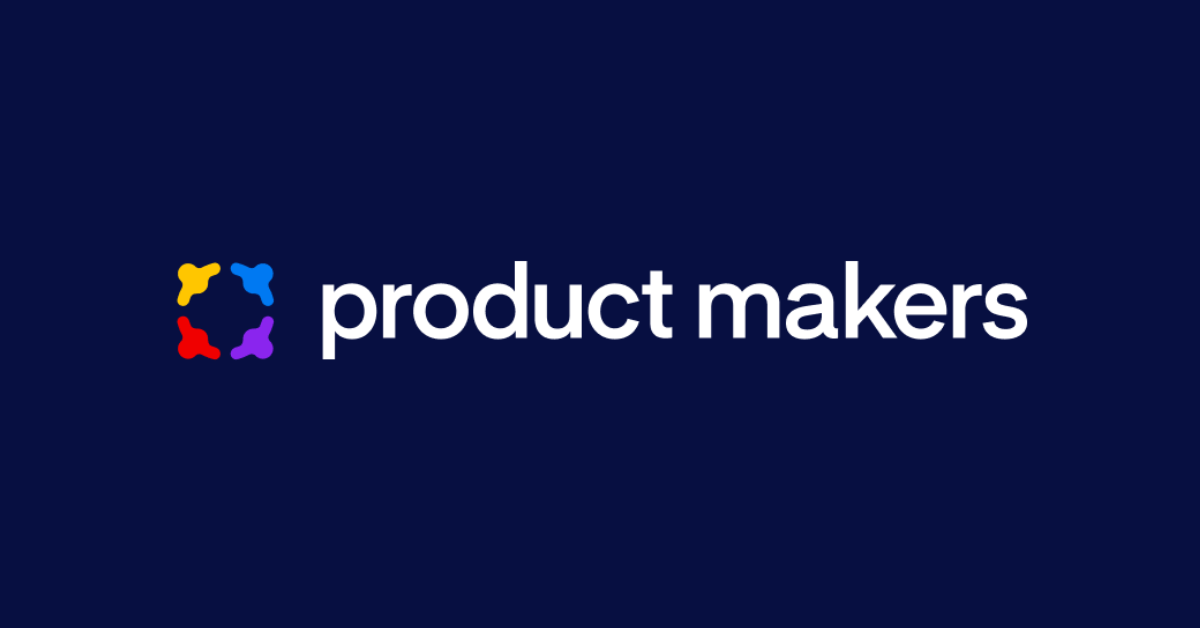Product management & retention: Closing the divide between customers and the product team

This post is an excerpt from our ebook, “Building excellent products in the age of remote work,” written to help you overcome today’s unique challenges and focus on what really matters—building excellent products that customers truly need.
The COVID-19 pandemic has placed many businesses under severe financial stress, forcing scrutinization of every expense and trimming the fat where necessary. With the risk of customer churn increasing, it has never been more critical to get the right products and features to market, faster.
Despite this, many organizations continue to follow outdated approaches to product management, resulting in blind spots that undermine their ability to meet customer needs in a rapidly changing world.
Closing the gap between your product team and customers
To deliver features that solve real-life problems as quickly as possible, you need to close the gap between your product team and your customers. That means continuously capturing customer feedback, showing users where you’re heading and why, and making data-driven decisions that everyone—customers and internal stakeholders alike—understands. Here are five steps you can take to achieve this.
“To deliver features that solve real-life problems as quickly as possible, you need to close the gap between your product team and your customers.”
1. Set up feedback pipelines
The goal of establishing feedback pipelines is to continuously collect product ideas, requests, and feedback from customers. These may come directly from customers or from colleagues in sales, support, and customer success. The insights you distill from these inputs help inform where you take yur products next.
With the right product management system and integrations, you can create a repository of user insights by capturing feedback from the following channels:
- Support platforms, such as Zendesk
- Internal communication platforms, such as Slack or Microsoft Teams
- Customer conversation and messaging tools, such as Intercom, Gong, email, and social media
- Customer success software, such as Gainsight
- CRM software, such as Salesforce
These direct streams provide a consolidated view of feedback coming in from all angles rather than having it scattered across different tools. They’re even more important if you lack regular interactions with members of customer-facing teams who might otherwise provide some of this context in-person.
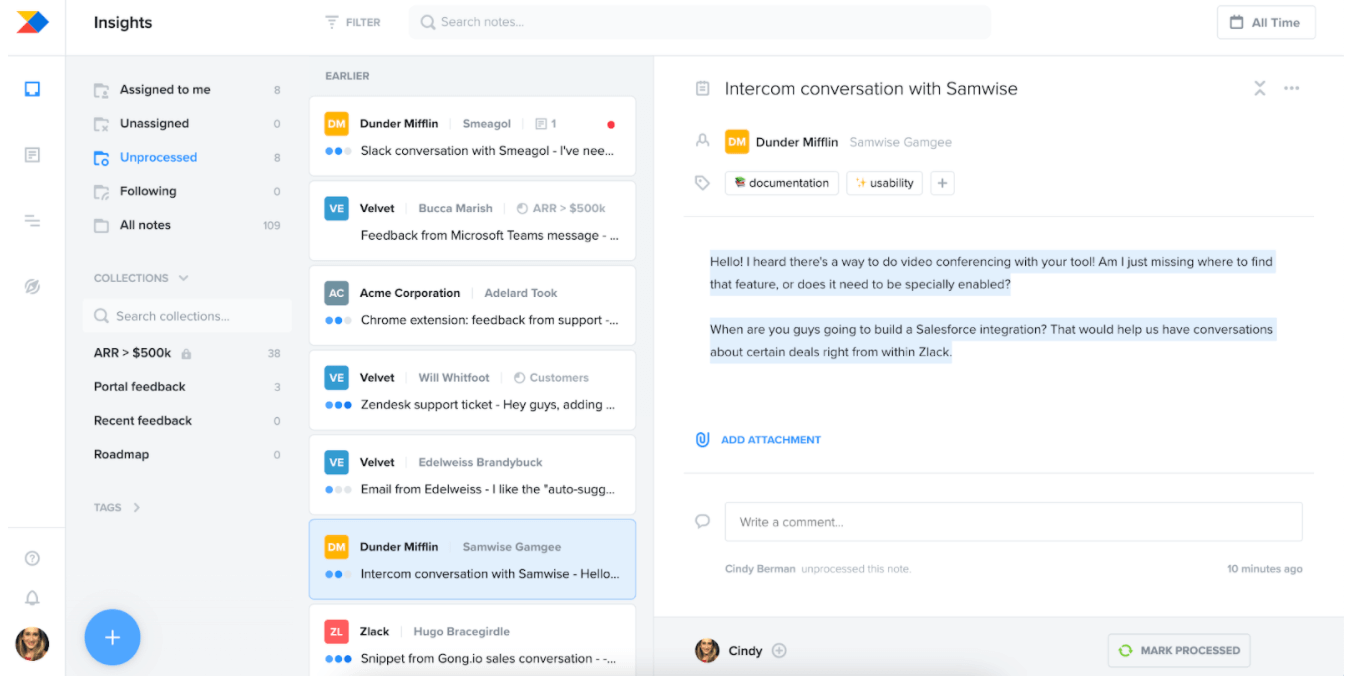
2. Synthesize feedback and unearth deep user insights
Building excellent products isn’t just about doing whatever your customers ask. It’s about listening to customers, synthesizing what you’re hearing from them, and then making strategic product decisions that align with your business’s objectives and their needs.
There are a few reasons why you can’t rely solely on surface insights. First, customers are great at telling you their pain points– what’s broken and how frustrating that is for them. But they’re generally not great at envisioning the ideal solution that works for everyone. Second, customers’ priorities don’t always align with your business’s priorities. Finally, customer feedback tends to focus on the here and now, while product teams should rely on a solid vision and a strategy for the product’s future.
“Instead of taking feedback on face value, dig deeper, explore further, and get to the bottom of your customers’ underlying needs.”
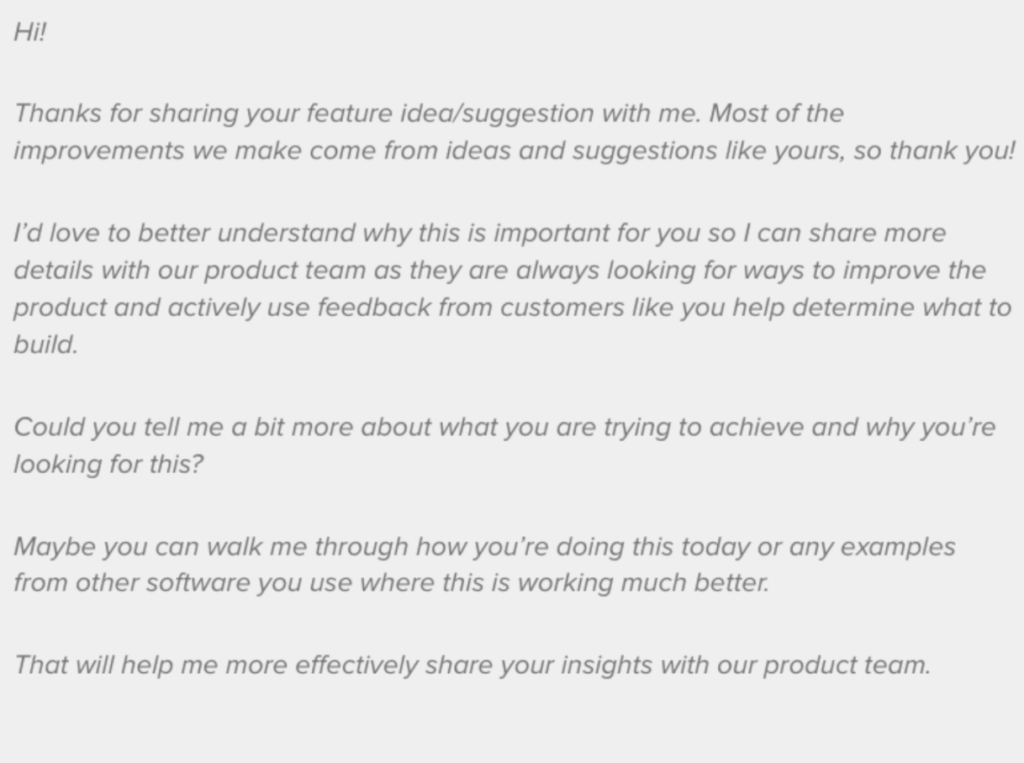
3. Get smart about segmenting users
Not all user requests should be considered equally. Of course, it would be great if you could solve everyone’s problems. Yet in reality, attempting to please everyone means you end up pleasing no one. Only mediocre products arise from building for the “average user.”
“Only mediocre products arise from building for the ‘average user.’”
Using customer data from sources like Salesforce is critical when segmenting customers. With Productboard’s dynamic customer segmentation and Salesforce integration, product managers finally have a quick and seamless way to understand customer needs and strategically segment using customer feedback and CRM data. Product teams can use segmentation to quickly prioritize strategic features for key customers, making better-informed prioritization decisions with higher confidence. It can help you answer the following questions: Where do the needs of different segments overlap or diverge? How will you prioritize the needs of different segments, given limited time and resources? Which customer segment is your target, and which segments will you deprioritize for now?
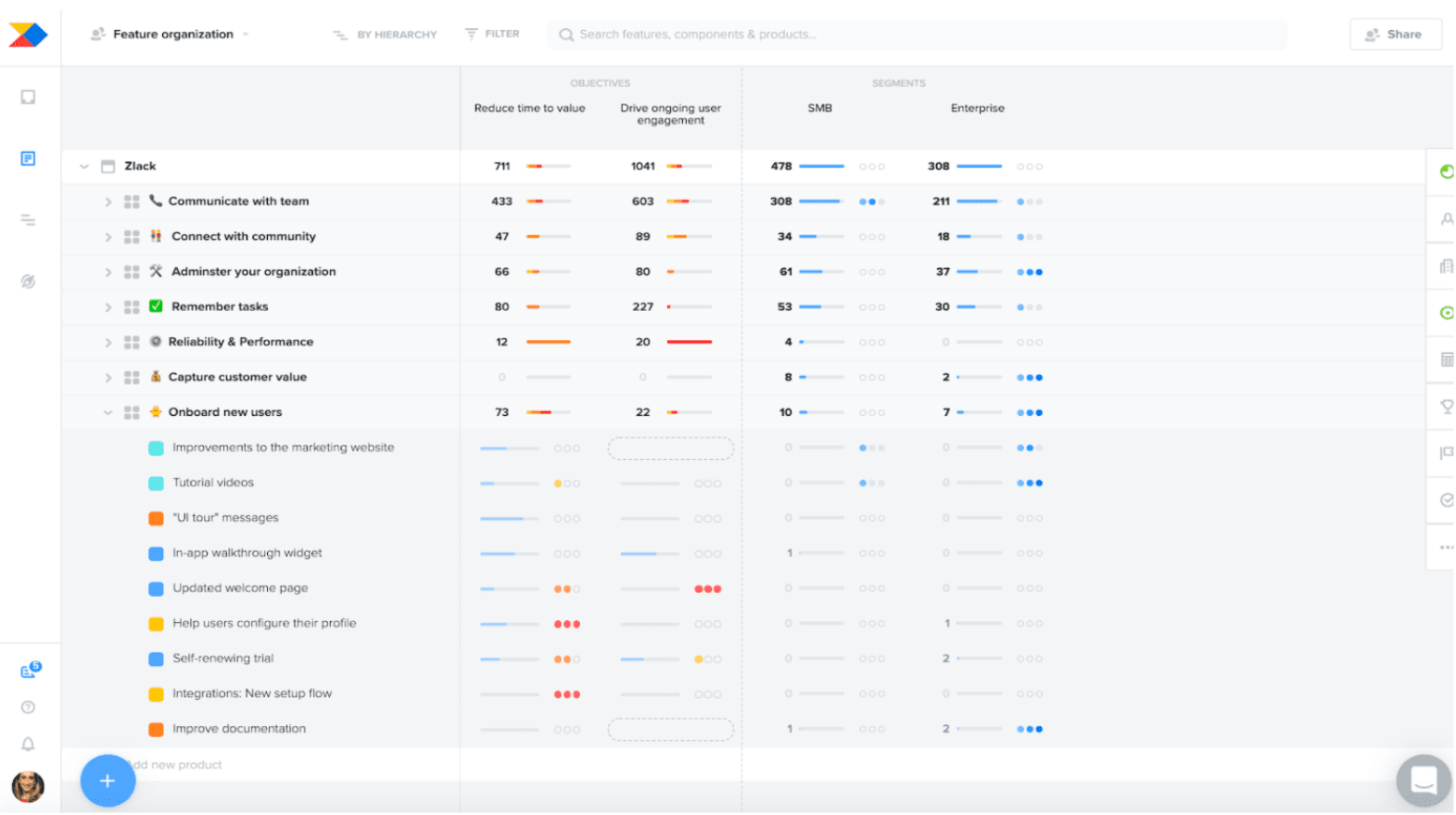
4. Get customers excited about where your product is heading
A great way to keep customers from leaving is to get them excited about the bigger picture. Show them your product’s direction and ask for their input directly. For example, Productboard’s Portal provides an interface where your users can validate, vote, and provide feedback on their favorite feature ideas, or even provide new feature requests. This helps you reinforce that your customers are an integral part of the discovery process.
The more you involve customers directly, the more connected they will feel to your product and the more likely they will be to stick around for the long haul. They also feel that you are listening to their needs and product concerns. Not only that, but this direct connection between customer feedback and the product roadmap makes it easier to prioritize what to build next and get it right the first time.
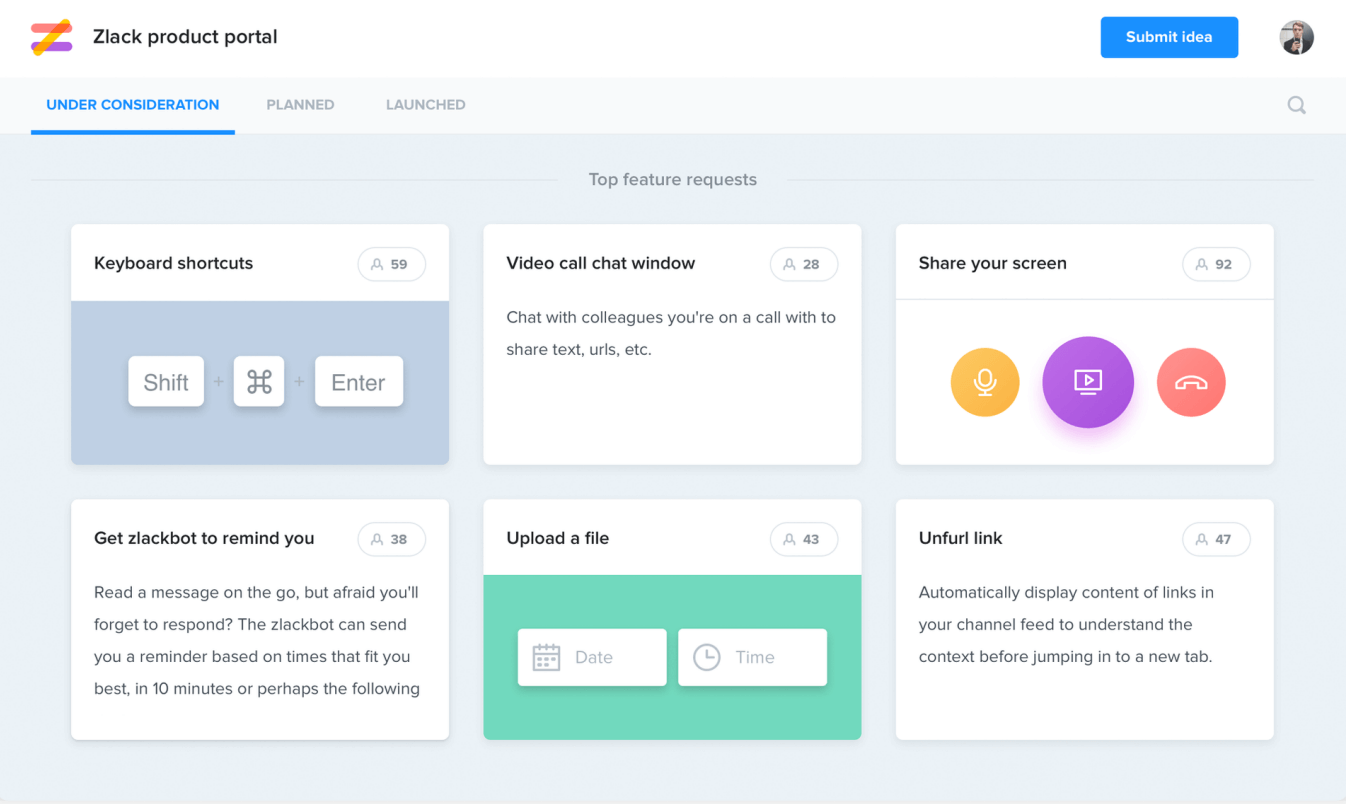
5. Close the feedback loop: Show your customers that you are listening to them
No one wants to spend time submitting thoughtful feedback only to get nothing in return. Make sure you close the feedback loop and demonstrate to customers just how valuable their inputs are. There are a couple of ways you can do this:
Validate your feature ideas directly with customers
Follow up with customers who have requested a feature in the past, conduct research on their needs, and run solution ideas by them. Already built the feature? Invite them to a private beta so they can be the first to provide feedback.
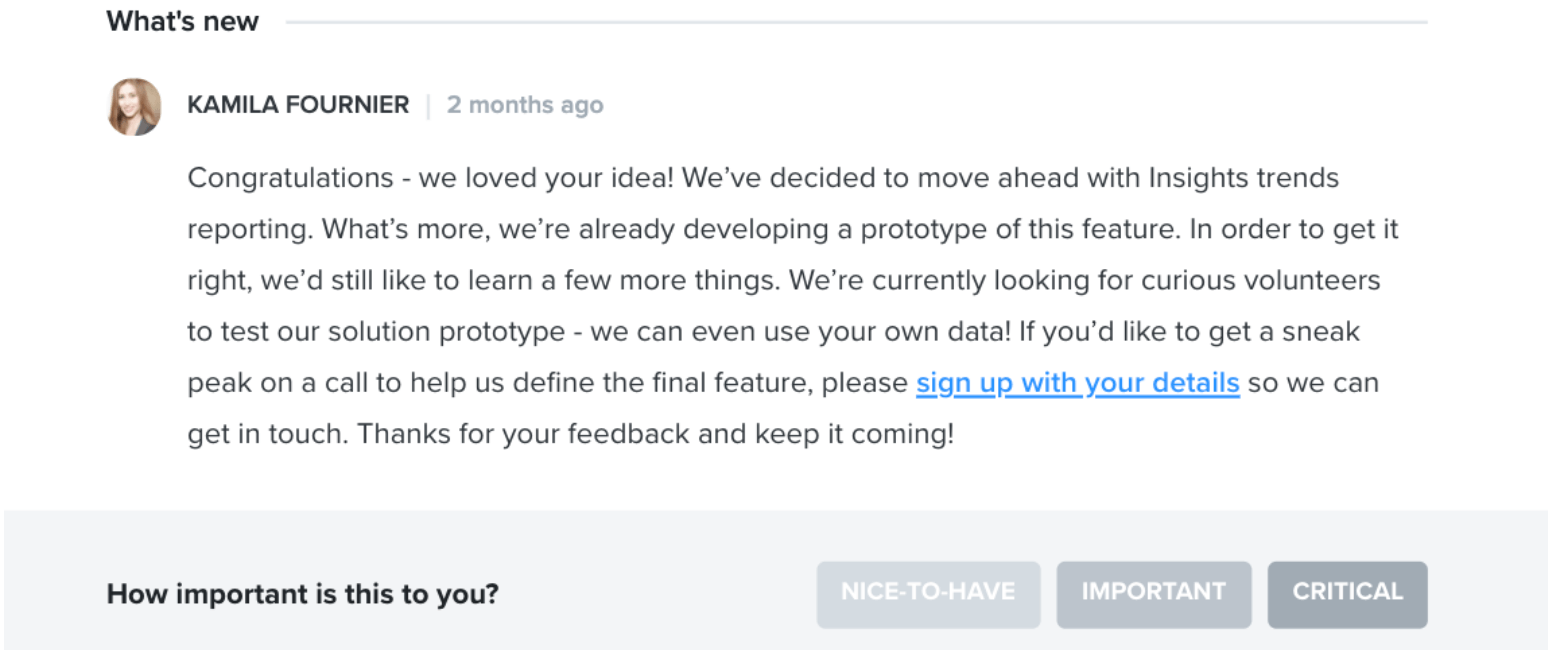
Once you have officially launched a new feature, automatically contact all the customers who requested it to celebrate the good news.
Customers will appreciate that you remembered their request and will be thrilled to get started with the new feature.
With a product management platform like Productboard, you can automate this process – from identifying which users requested which features to sending updates to all of them when a feature is being researched, delivered, or launched.
Closing the loop this way requires little effort. But it shows customers you’re listening, and it’s a reminder that you’re continuously making your product more valuable for them. Not only will they want to stick around, but they’ll also become advocates who will rave about your product to others.
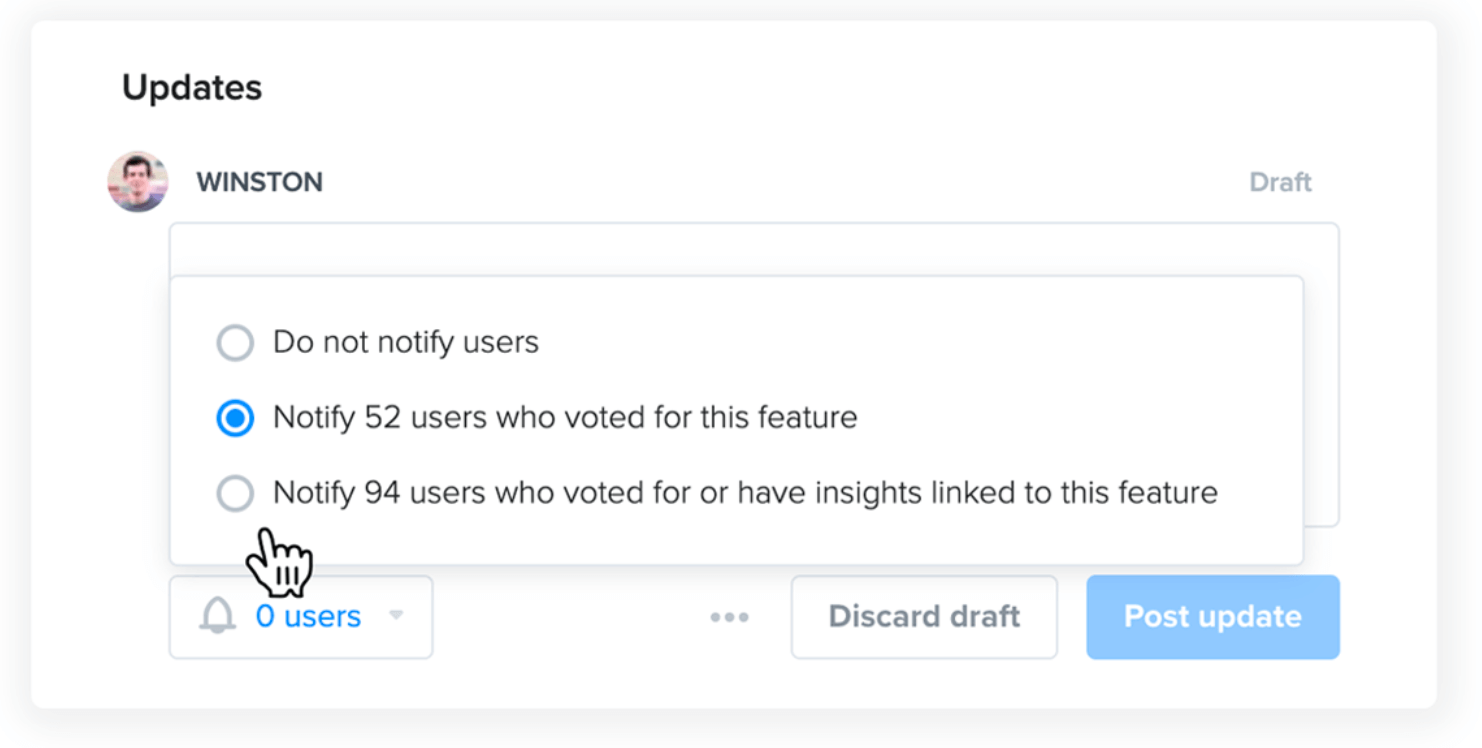
It’s time to get customer-obsessed
To summarize, as product leader Hiten Shah points out, the surest way to build excellent products that retain customers is to obsess over them:
“From the beginning, we’ve been obsessed with the journey our customers take with us. Our laser-focus on customers, their feedback, and behavior helps us make better-informed product decisions at every touchpoint.”


